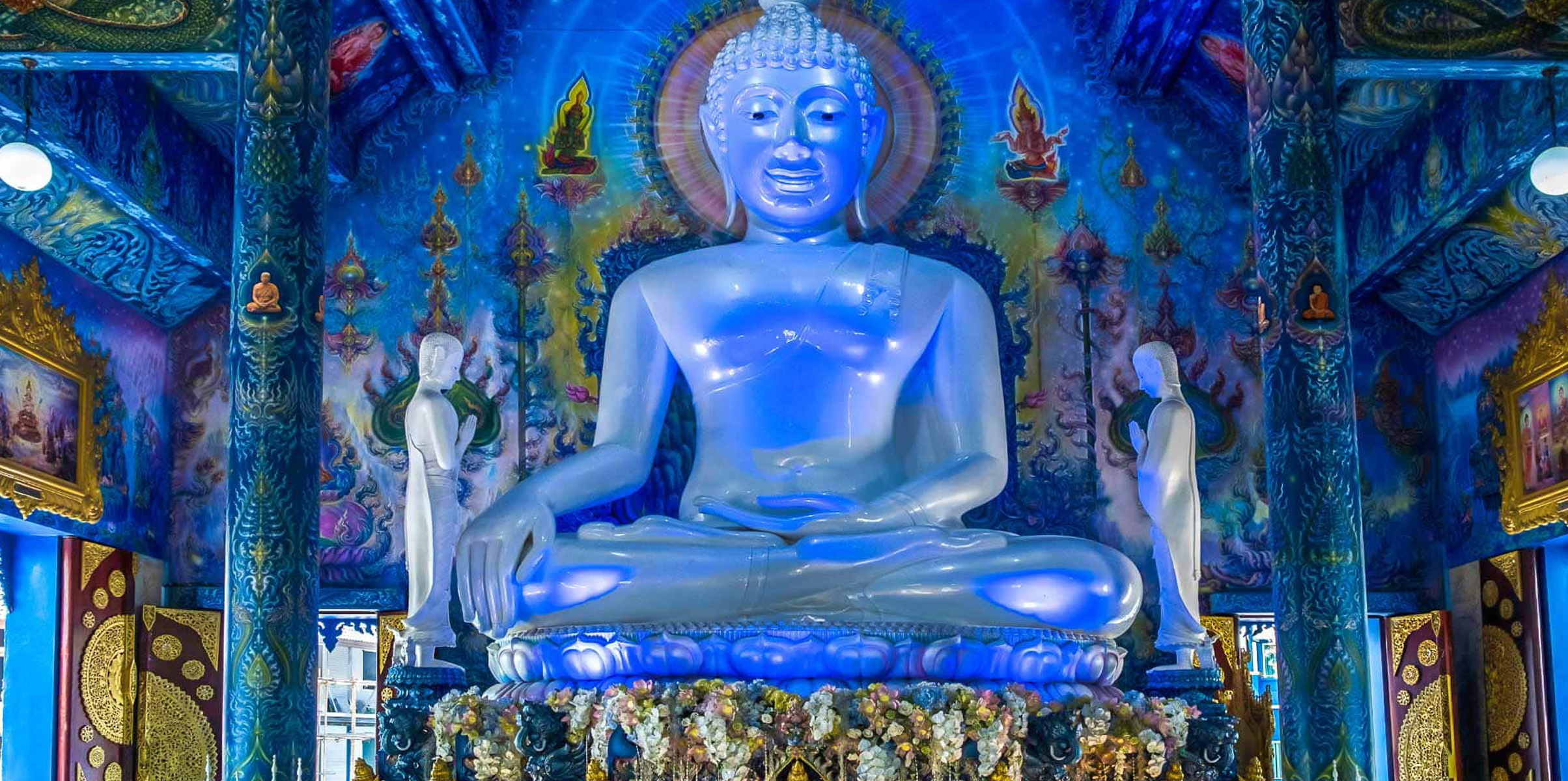
While it’s challenging to definitively rank the “top 10 best” pagodas or temples in Asia due to the subjective nature of such evaluations, we can provide a list of ten notable pagodas/temples across the continent, each with its own unique characteristics and significance:
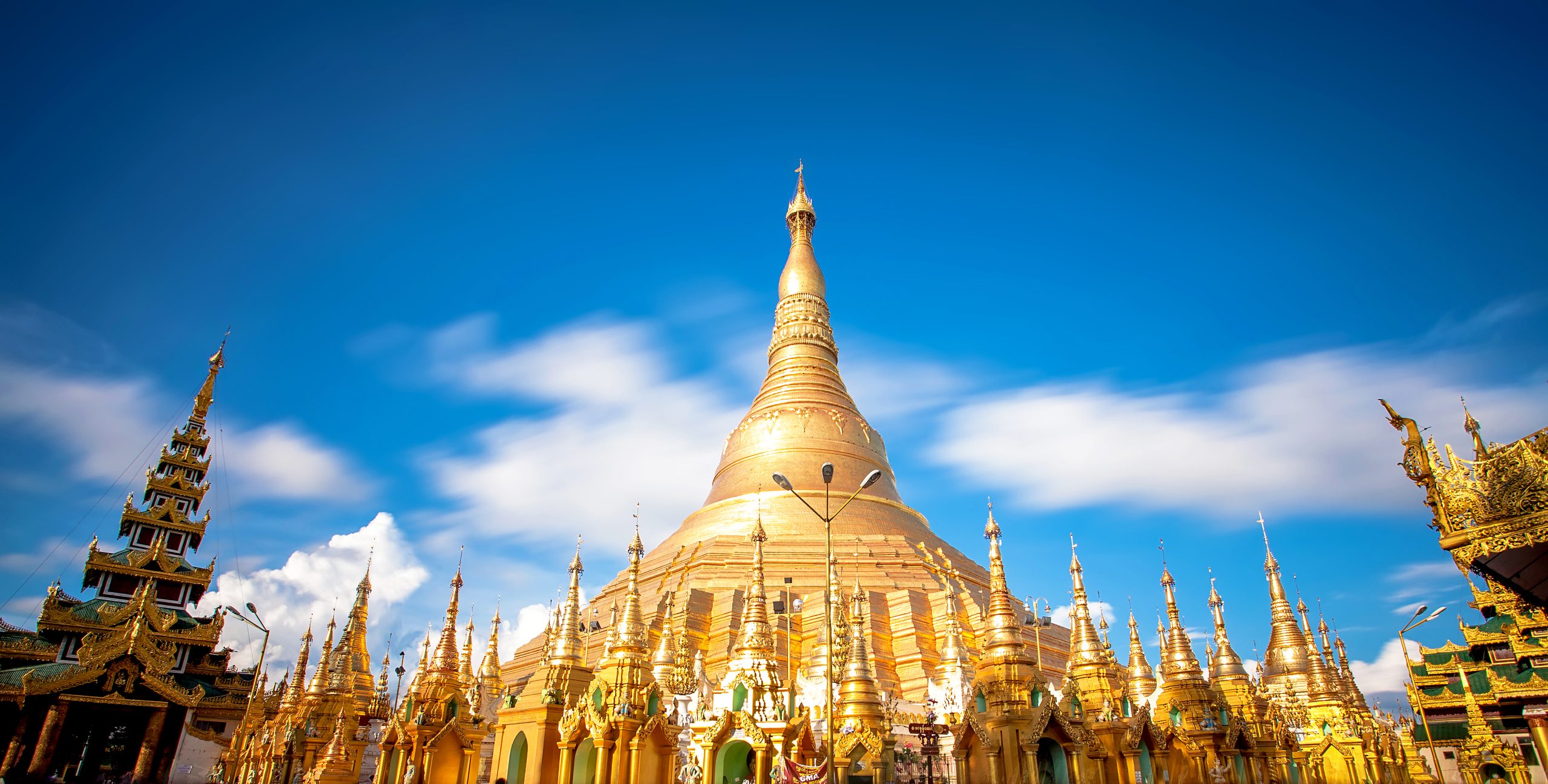
1. Shwedagon Pagoda (Yangon, Myanmar):
Why it’s notable: Shwedagon is one of the most sacred Buddhist pagodas in Myanmar, adorned with gold leaf and a top ornament that contains diamonds and other precious gems. Its historical and religious significance attracts pilgrims and tourists alike.

2. Angkor Wat (Siem Reap, Cambodia):
Why it’s notable: While technically a temple, Angkor Wat is an architectural marvel and the largest religious monument in the world. Its intricate carvings and historical importance as a Hindu and Buddhist site make it a UNESCO World Heritage Site.

3. Borobudur (Central Java, Indonesia):
Why it’s notable: Borobudur is the world’s largest Buddhist temple, featuring a massive stupa and intricate carvings that depict Buddhist teachings. It is a UNESCO World Heritage Site and a symbol of Indonesia’s cultural and religious heritage.
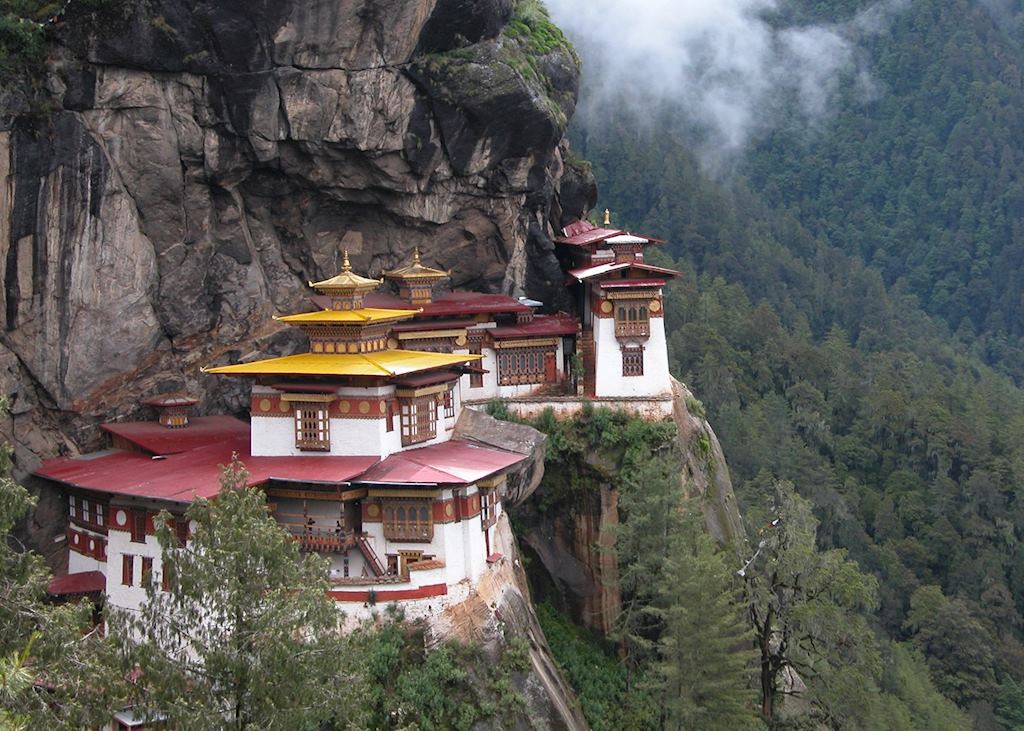
4. Tiger’s Nest Monastery (Paro Valley, Bhutan):
Why it’s notable: Perched on a cliffside, the Tiger’s Nest Monastery is a sacred site with stunning views of the Paro Valley. It is a significant pilgrimage destination for Bhutanese Buddhists and a remarkable feat of architecture.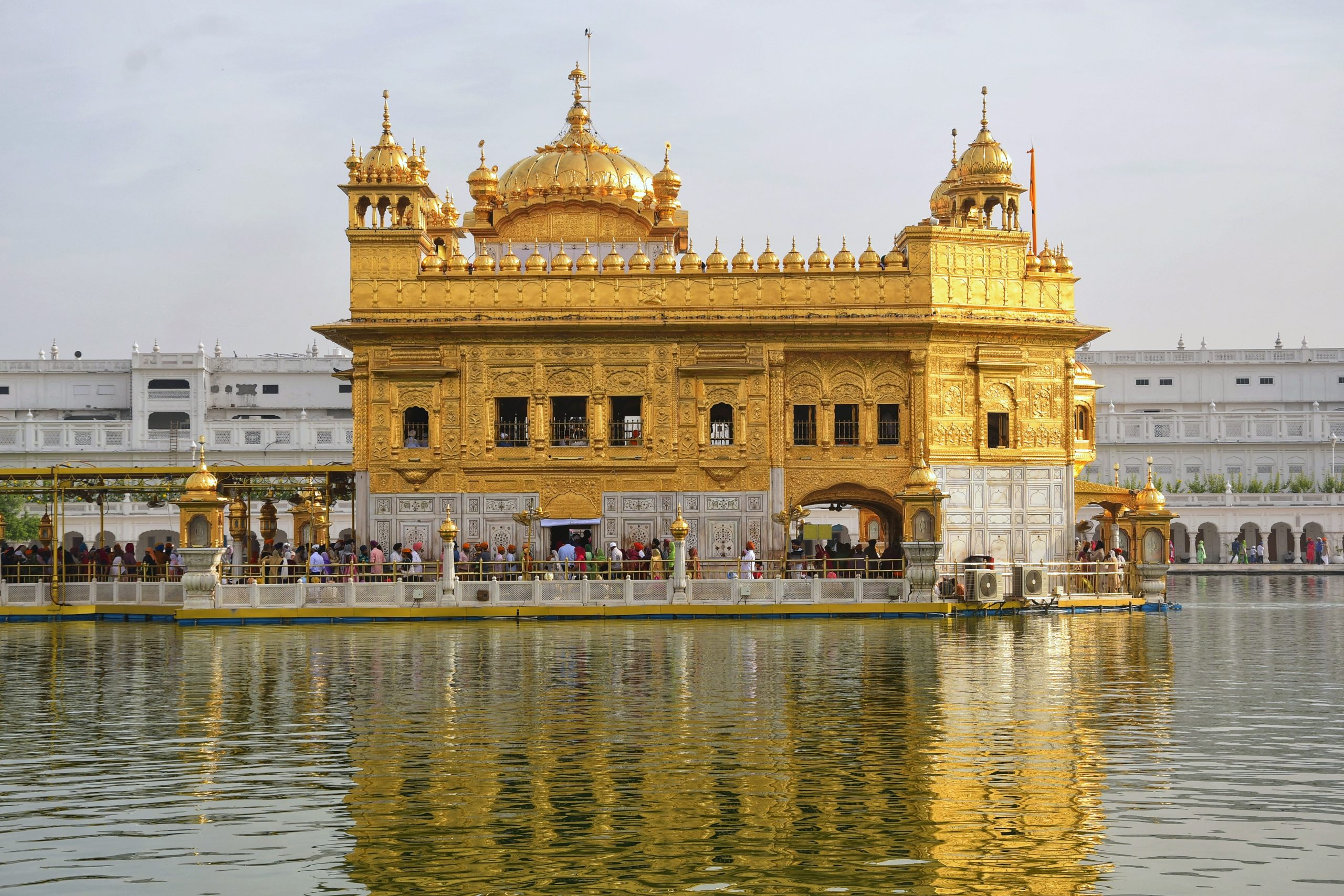
5. Golden Temple (Amritsar, India):
Why it’s notable: The Golden Temple, also known as Harmandir Sahib, is the holiest shrine in Sikhism. Its central location in a serene pool, covered in gold leaf, and the community kitchen serving free meals make it spiritually and culturally significant.
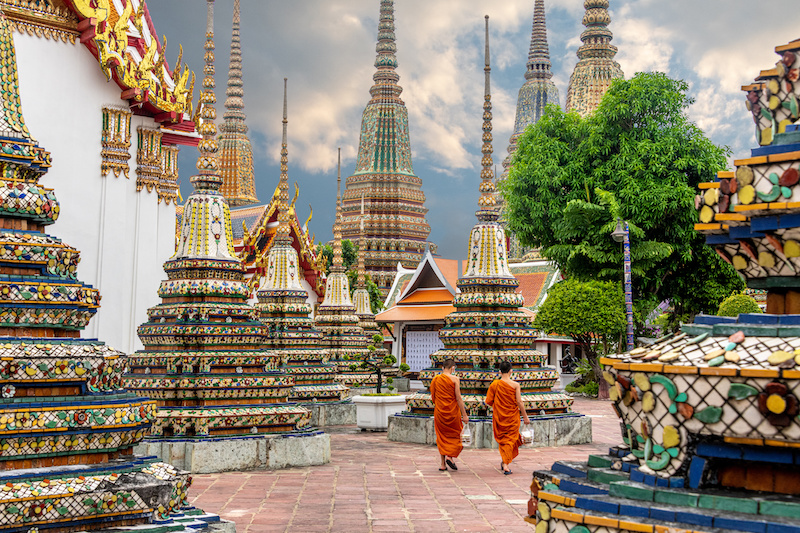
6. Wat Pho (Bangkok, Thailand):
Why it’s notable: Wat Pho is known for its giant reclining Buddha and is considered the birthplace of traditional Thai massage. The temple complex is rich in history, art, and educational inscriptions.
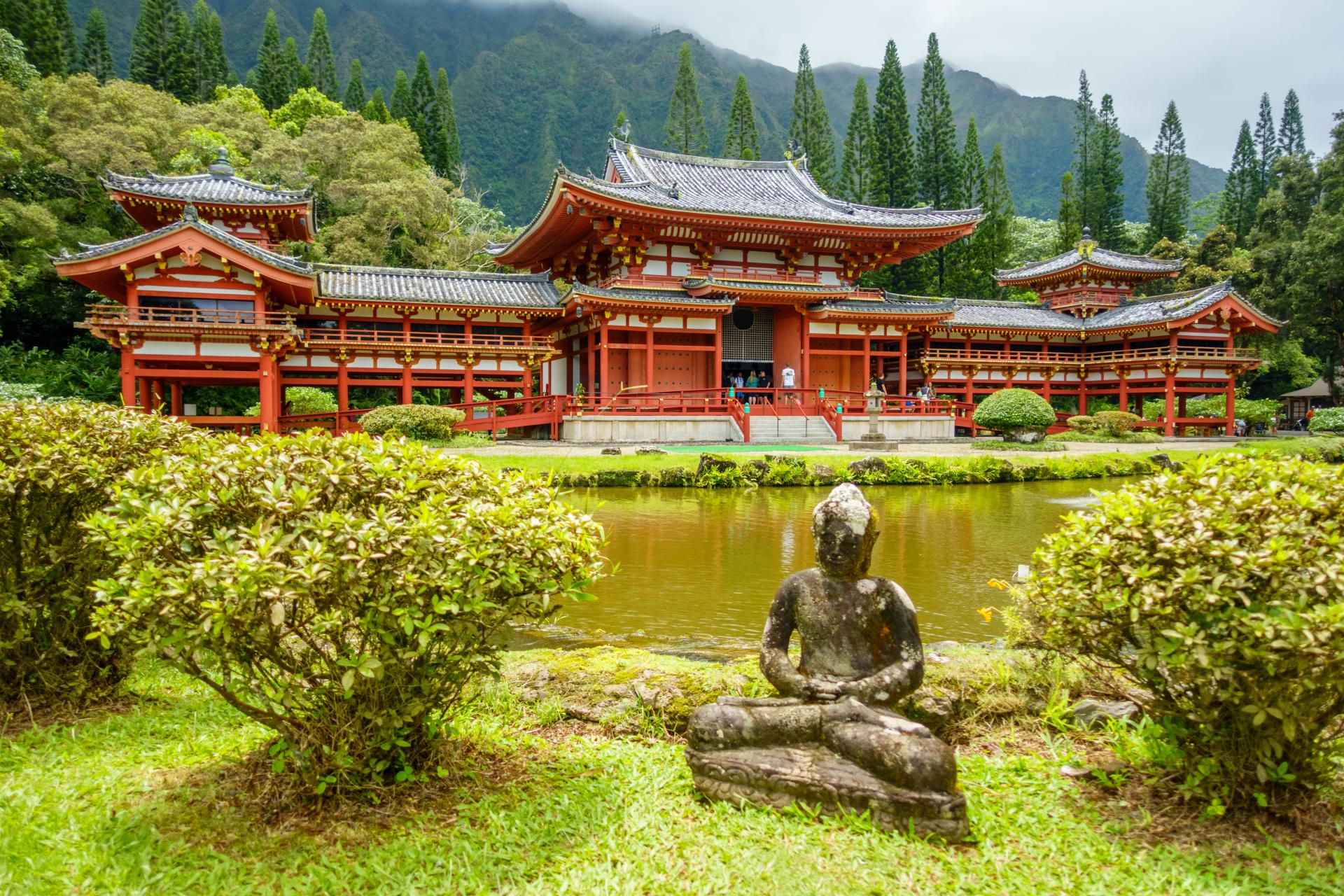
7. Byodo-In Temple (Uji, Japan):
Why it’s notable: A UNESCO World Heritage Site, Byodo-In Temple is renowned for its Phoenix Hall, which appears on the 10-yen coin. The temple is a fine example of Heian period architecture and Buddhist art.

8. Sri Ranganathaswamy Temple (Srirangam, India):
Why it’s notable: This massive temple complex is dedicated to Lord Ranganatha, an incarnation of Lord Vishnu. It is one of the most significant Vaishnavite shrines in South India.
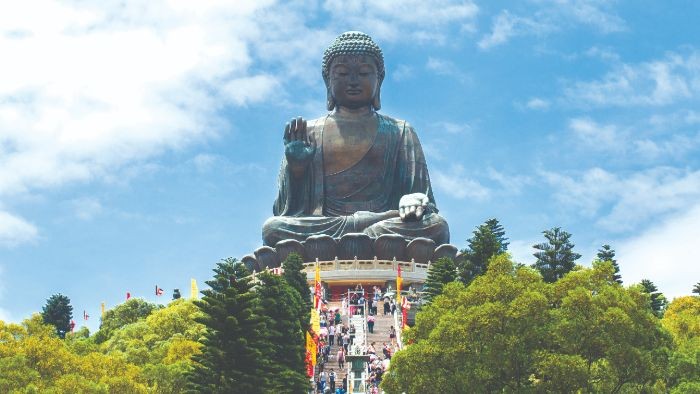
9. Po Lin Monastery and Tian Tan Buddha (Lantau Island, Hong Kong):
Why they’re notable: Po Lin Monastery houses the Tian Tan Buddha, one of the world’s largest outdoor bronze statues of the Buddha. The complex offers a peaceful retreat with panoramic views of the surrounding mountains and sea.
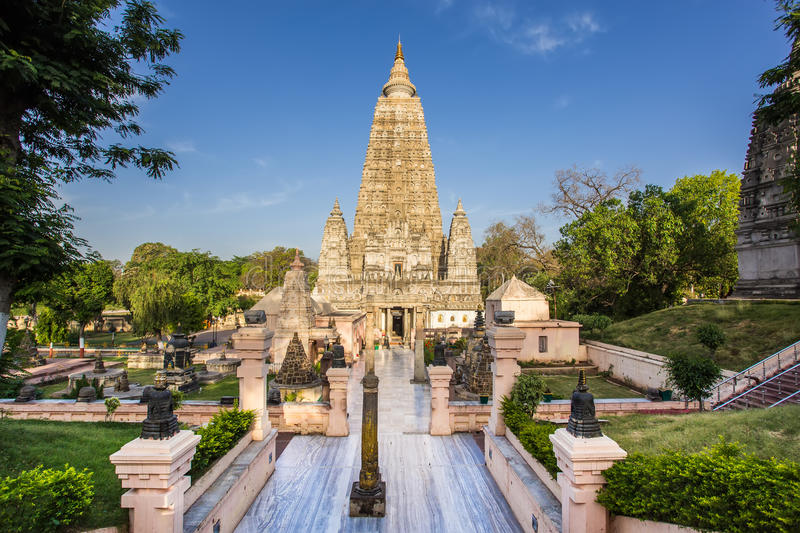
10. Mahabodhi Temple (Bodh Gaya, India):
Why it’s notable: Mahabodhi Temple is where Siddhartha Gautama attained enlightenment and became the Buddha. The sacred Bodhi Tree and the temple’s architecture make it a UNESCO World Heritage Site and a major pilgrimage destination.
These pagodas and temples are admired for their architectural brilliance, historical significance, and cultural importance. Each site has a unique story and plays a crucial role in the religious and cultural heritage of its respective region.







